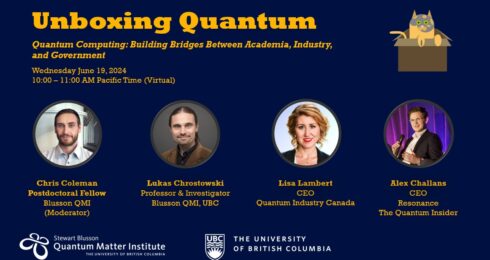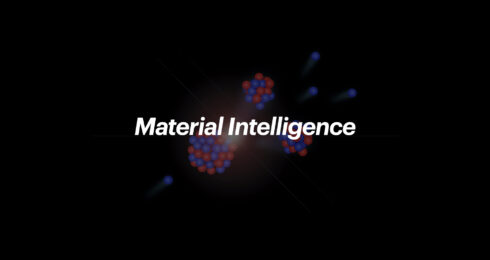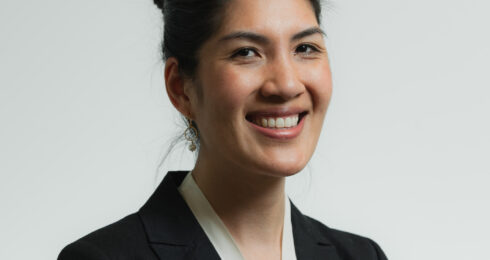In a study published in Nature Physics in 2021, Blusson QMI researchers led by Prof. Marcel Franz predicted a route to creating the first high-temperature topological superconductor by stacking two monolayer-thin sheets of a copper-based material on top of each other with a twist. Now, a team of researchers from Harvard has confirmed the predictions through successful experimental observations published in the journal Science.
“Our work shows that high-temperature superconducting diodes are, in fact, possible, without application of magnetic fields, and opens new doors of inquiry toward exotic materials study,” said Prof. Philip Kim, who led the Harvard research group.
Using a uniquely low-temperature device fabrication method, Kim and his team demonstrate a promising candidate for the world’s first high-temperature, superconducting diode – a switch that makes current flow in one direction – made out of thin cuprate crystals. Such a device could theoretically fuel industries like quantum computing, which rely on fleeting quantum mechanical phenomena that are difficult to sustain in any meaningful way. Also, the observed diode effect indicates that time-reversal symmetry must be broken in the device in support of the theoretical prediction.
“Thanks to the visionary work by Frank Zhao, Alex Cui and the whole experimental team led by Philip Kim at Harvard, we now have clear experimental evidence for broken time-reversal symmetry at the interface between two flakes of a high-temperature cuprate superconductor, assembled with a twist,” said Prof. Franz.
“The observed time-reversal symmetry breaking is a key prerequisite for topological superconductivity to occur in a twisted cuprate bilayer close to the 45-degree twist angle predicted by our team at Blusson QMI.
“Topological superconductors are extremely rare in nature and occur typically at very low temperatures, close to the absolute zero. This tends to hamper their proposed utility as platforms for quantum computation. The twisted cuprate bilayer would be the first high-temperature topological superconductor with the effect potentially observable at much higher temperatures.”
The Harvard team discovered that the maximum supercurrent that can be passed without resistance through the interface is different depending on the current’s direction. Crucially, the team also demonstrated electronic control over the interfacial quantum state by reversing this polarity. This control was what effectively allowed them to make a switchable, high-temperature superconducting diode – a demonstration of foundational physics that could one day be incorporated into a piece of computing technology, such as a quantum bit.
Topological superconductors, in general, are regarded as a promising platform for robust quantum computation. Currently, the menu of existing topological superconductors is rather limited. Prof. Franz considers having a newly confirmed family of materials that function at higher temperatures and could be used for technological applications as “a definite breakthrough.”
“Some of the ideas advanced in the Blusson QMI 2021 theory paper have inspired a new collaboration on a proposal for an improved transmon qubit. This type of qubit powers nearly all superconducting quantum computers currently in existence, including those operated by IBM and Google,” Prof. Franz said.
“We are also currently involved in theoretical work and discussions with colleagues at Blusson QMI, whose goal is to devise ways for unambiguous detection of the non-trivial topology in cuprates. At Blusson QMI, we now have several projects under the umbrella of our 2D Grand Challenge that are animated by this idea.”
The Harvard experiment was spearheaded by Dr. Frank Zhao, a former Harvard student who is now a postdoctoral researcher at MIT.
“This is a starting point in investigating topological phases, featuring quantum states protected from imperfections,” Dr. Zhao said.
#ENDS#
Media contact: Shahrzad (Zad) Abbasi | 604 360 6761 | shahrzad.abbasi@ubc.ca


